23
JULY, 2019
Building a home, a house, has not changed much since the first home was built. Sizes and complexity and native materials to build the house have changed, but the methodology has not changed significantly.
Whether it was building a simple hut or a castle, materials had to be found, transported, shaped by craftsmen, a foundation laid, all of this very labor intensive and time consuming. Even today, a typical home, much less a mansion, can typically take 6 months from start to finish.
And the great irony is that, for the amount of time it takes to build this home, except for exterior color differences, it will be identical to hundreds, or thousands, of iterations of that model from the builder. Think about it, if you live in a subdivision, as do most people, there are numerous homes identical to your home. Except for the color of the brick and the paint, there will be quite a number of homes that are exactly the same as your home.
But what if there was the ability to not only build your home more quickly, but where it could be fully customized? What if, instead of your home being composed of angles, it could be made up of curves?
Welcome to the future!
Image courtesy of We Print Houses
While 3D printing of homes is still in the early stages, a number of companies are beginning to explore and develop this market. One of the pioneers in this area is Larry Haines, the founder of Sunconomy and We Print Houses.
People are looking for and expecting homes that are more efficient, cost less to maintain, and homes that are more durable than conventional housing. Imagine a home that was built to withstand 200 mph hurricane force winds or 8.0 magnitude earthquakes. A home that could last for centuries, not just decades. That, and much more, is what is possible with 3D printed homes.
“The trends are unmistakable…. people are downsizing to smaller houses. Most people want to be mortgage free and spend less on utilities. They want less stress in their lives and more freedom. They want a simpler way of life and one that promotes community. Their idea of impacting the environment is to conserve, not waste, to save, not use it up and toss it out like yesterday’s trash.”
Below are some additional renderings of the homes We Print Houses is building. Note that the use of 3D printing allows for more curved walls and surface areas than you would normally expect to find in most homes currently being built.
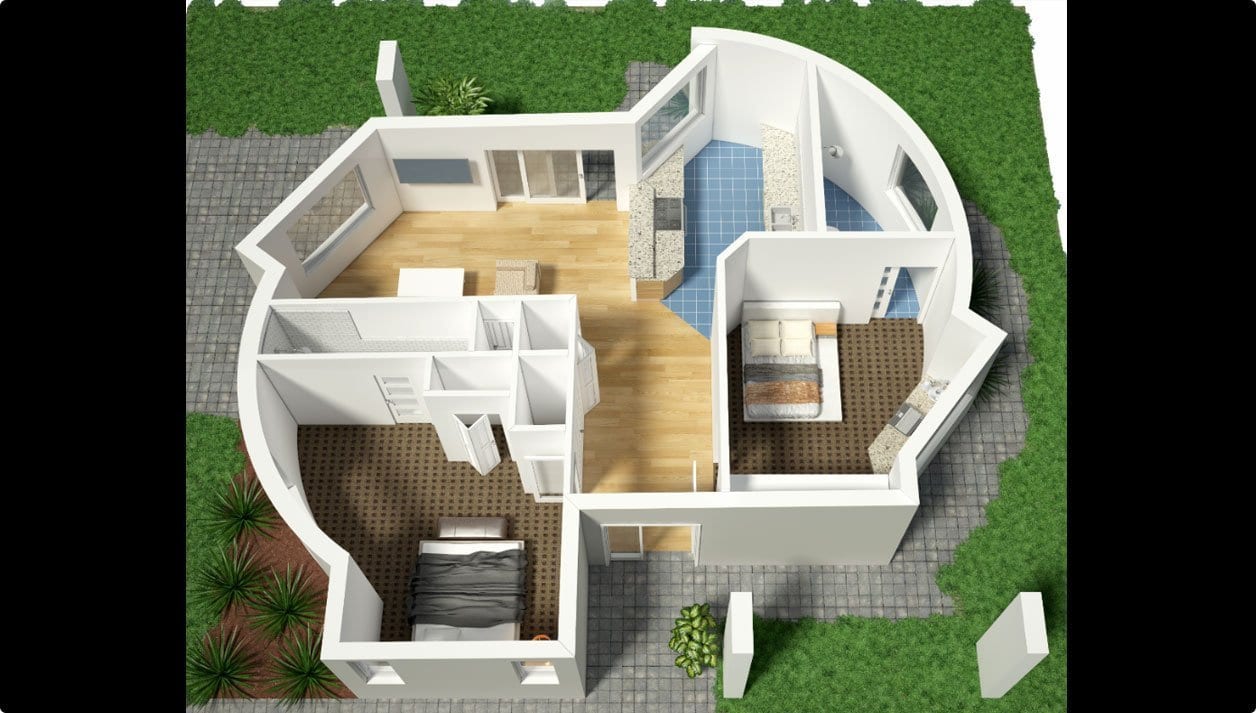

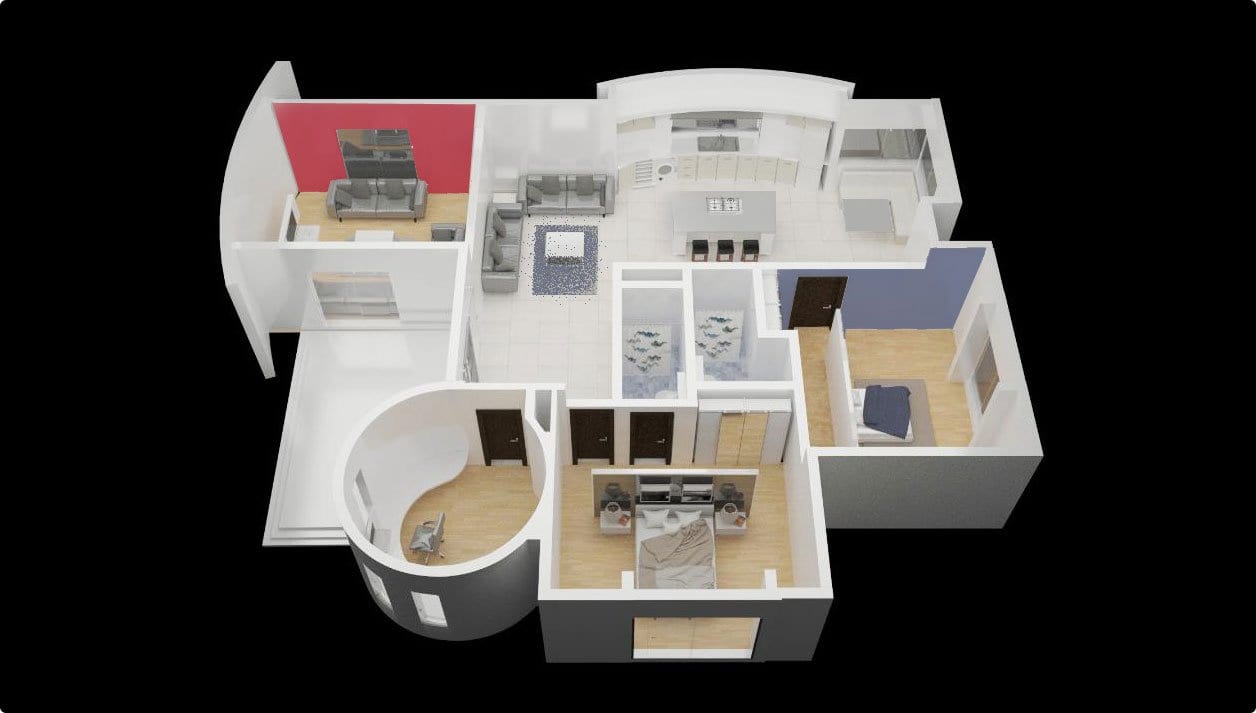
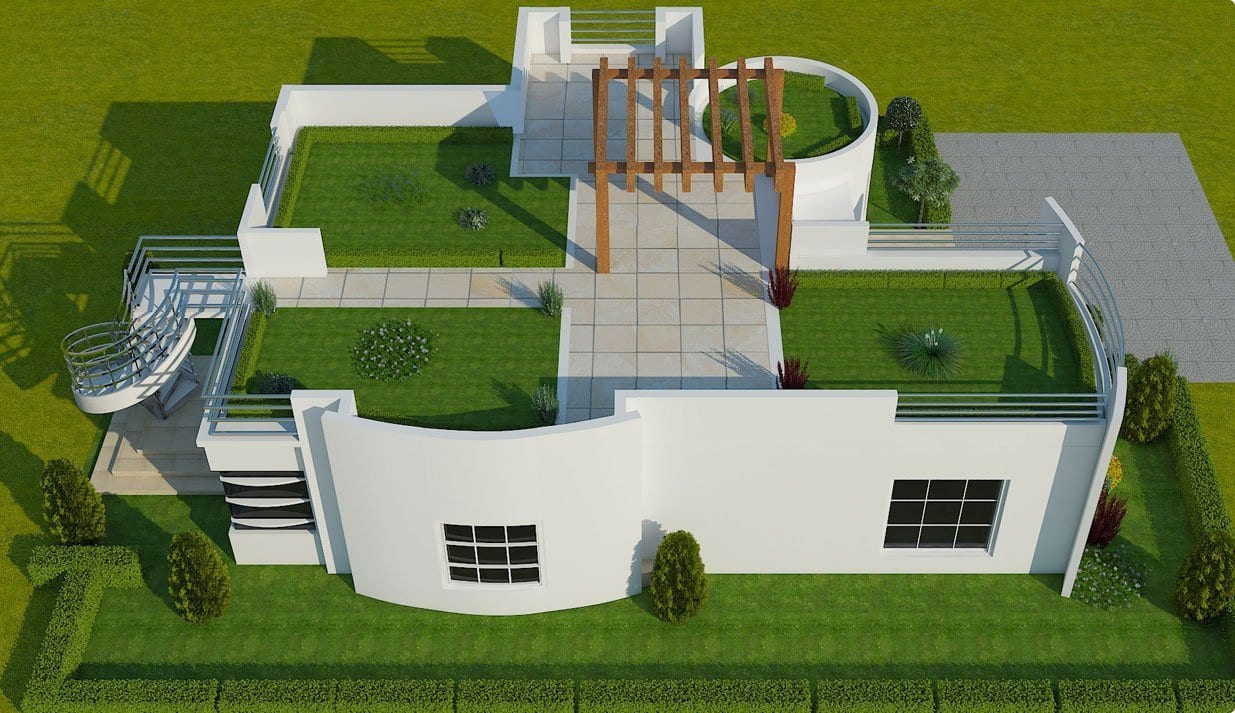
But 3D printing of homes also has significant ramifications globally as well. The Middle East, Latin America, China, and many other regions and countries are exploring the potential for 3D printing houses, whether for the poorest of the poor or for the very wealthy.
Over the next few decades, we can expect to see more and more homes being built integrating 3D printing construction methodologies. The growth in this area will be significant.
More on this in our next post on this topic.


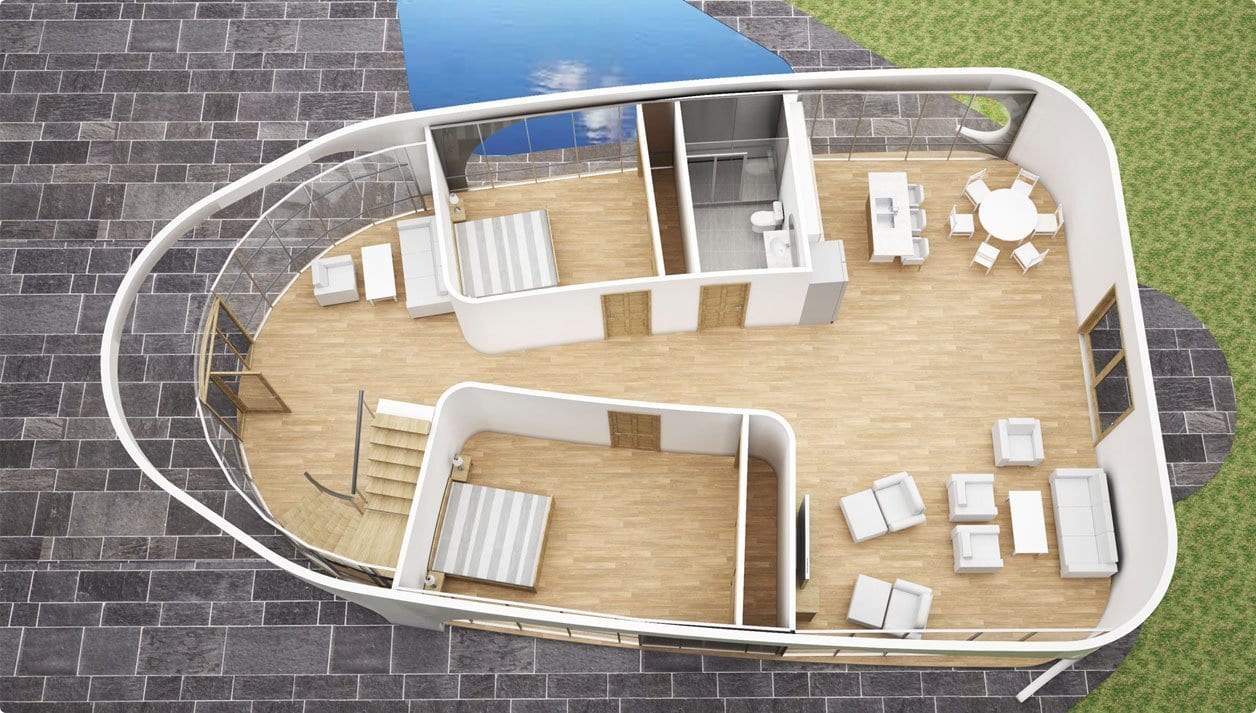
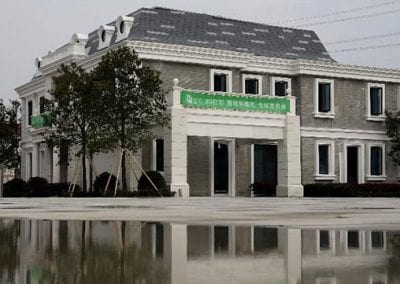
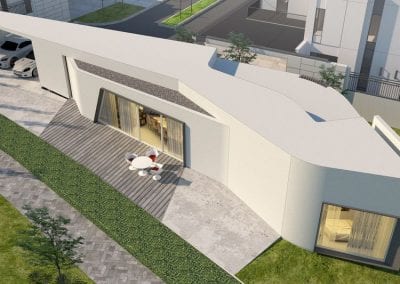
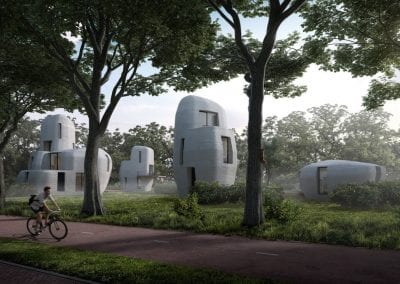

























0 Comments